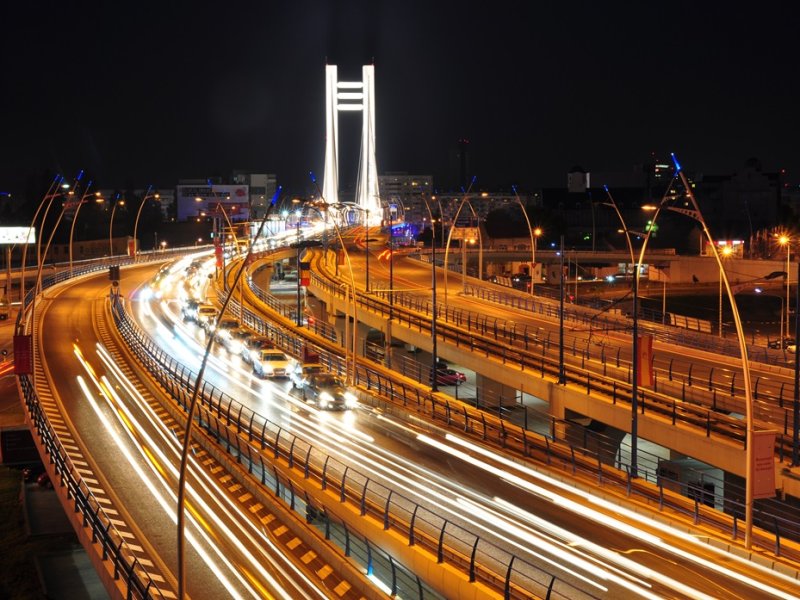The bridges of Bucharest: between necessary links and spaces suspended in time

By Bucharest Team
- Articles
In a city choked by traffic and fragmented by invisible boundaries, bridges should be more than just concrete structures. They should connect. Facilitate. Link people, districts, and rhythms. But in Bucharest, bridges are often symbols of unfinished promises — reflections of infrastructure caught between usefulness and improvisation.
Infrastructure under permanent construction
Bucharest officially has over 70 bridges and overpasses. Some are visible and essential — Grant Bridge, Basarab, Mihai Bravu. Others are anonymous, tucked between intersections and neighborhoods. Many were designed in the 1970s and ’80s for a different kind of city, with different traffic and population flows. Today, they are either overburdened or awkwardly adapted to modern demands.
Grant Bridge, for instance, built in the 1980s over the railway and Constructorilor Boulevard, is a major traffic node but also a textbook case of tired infrastructure. Year after year, it sees patches, partial repairs, and temporary restrictions. It hasn’t collapsed — but it’s a bridge that constantly demands attention, without ever receiving a long-term solution.
Basarab Bridge – a symbol of ambition with little comfort
When Basarab Overpass opened in 2011, it was presented as a milestone in urban modernization — the longest overpass in the country, with tram lines, vehicle lanes, and a “skywalk” pedestrian path. Today, it remains a visually striking structure, but one with limited comfort for everyday use. Car traffic is heavy and fast, but the pedestrian infrastructure is poorly maintained — escalators rarely work, and the underground access points are uninviting.
For pedestrians, Basarab isn’t a shortcut — it’s a test of endurance. A structure that divides more than it connects.
Bridges over waters that barely flow
A peculiar paradox of Bucharest is that it has bridges over nearly forgotten rivers. The Dâmbovița River, flowing west to east through the city, is lined with bridges that have become functionally invisible: Izvor, Cotroceni, Mărășești. These crossings have faded into routine, just as the river itself has lost its presence. Channelled, sterilized, and fenced in, the Dâmbovița no longer invites you to stop and look. The bridges have become mere conduits, not places of passage or pause.
In other capitals, bridges serve as scenic lookouts. In Bucharest, they’re transit zones, stripped of intimacy, speeded up by necessity. You don’t stop on a bridge. You get over it — quickly.
Suspended structures, but never truly integrated
Few bridges in Bucharest have been imagined as public spaces. There are no inviting sidewalks, no benches, no consistent lighting, no secondary functions (like cafes, art installations, or gathering areas). Most are routes for survival, not places in themselves. Even the newest ones — such as the still-unfinished Doamna Ghica overpass — are built for vehicles, not for people.
What should a functional bridge be in Bucharest?
In theory, a bridge offers continuity. In Bucharest, it often represents a break — in traffic, logic, or planning. It’s a reminder that the city has been designed across multiple eras, at different speeds, for people with different needs. Today’s bridges often act more as symptoms of dysfunction than as real urban solutions.






























